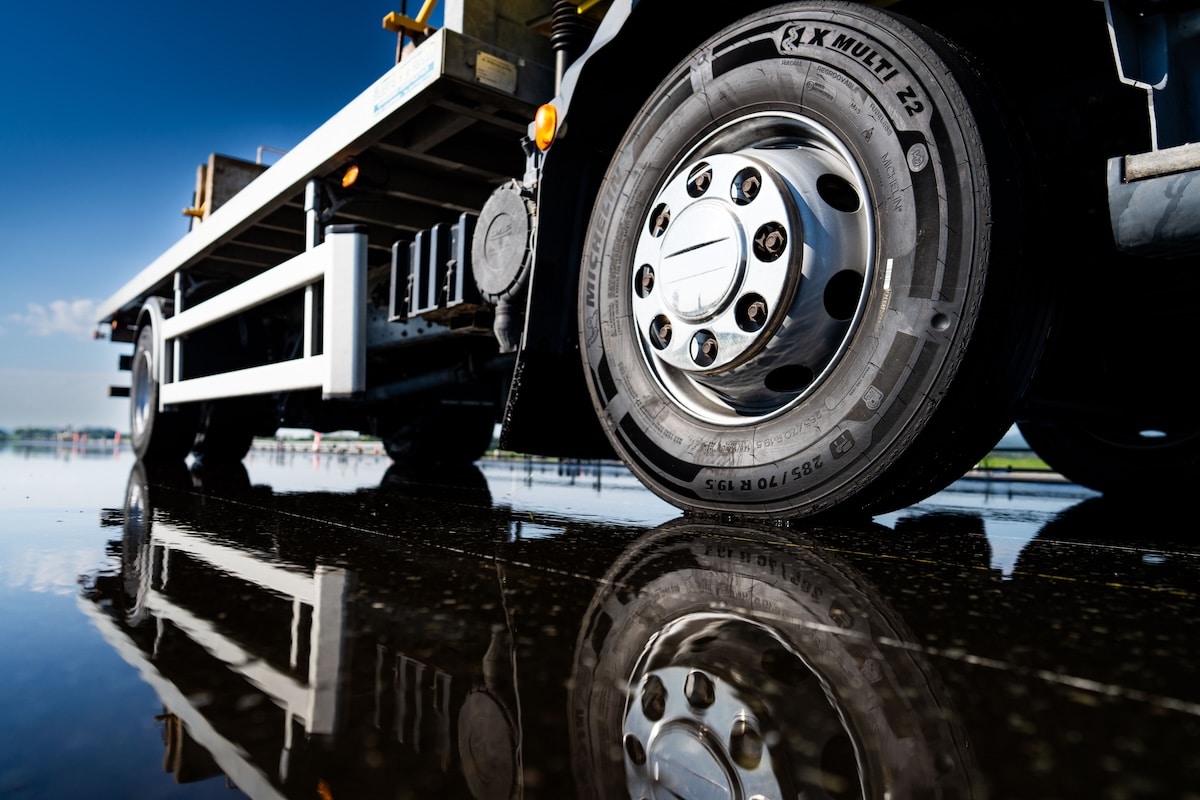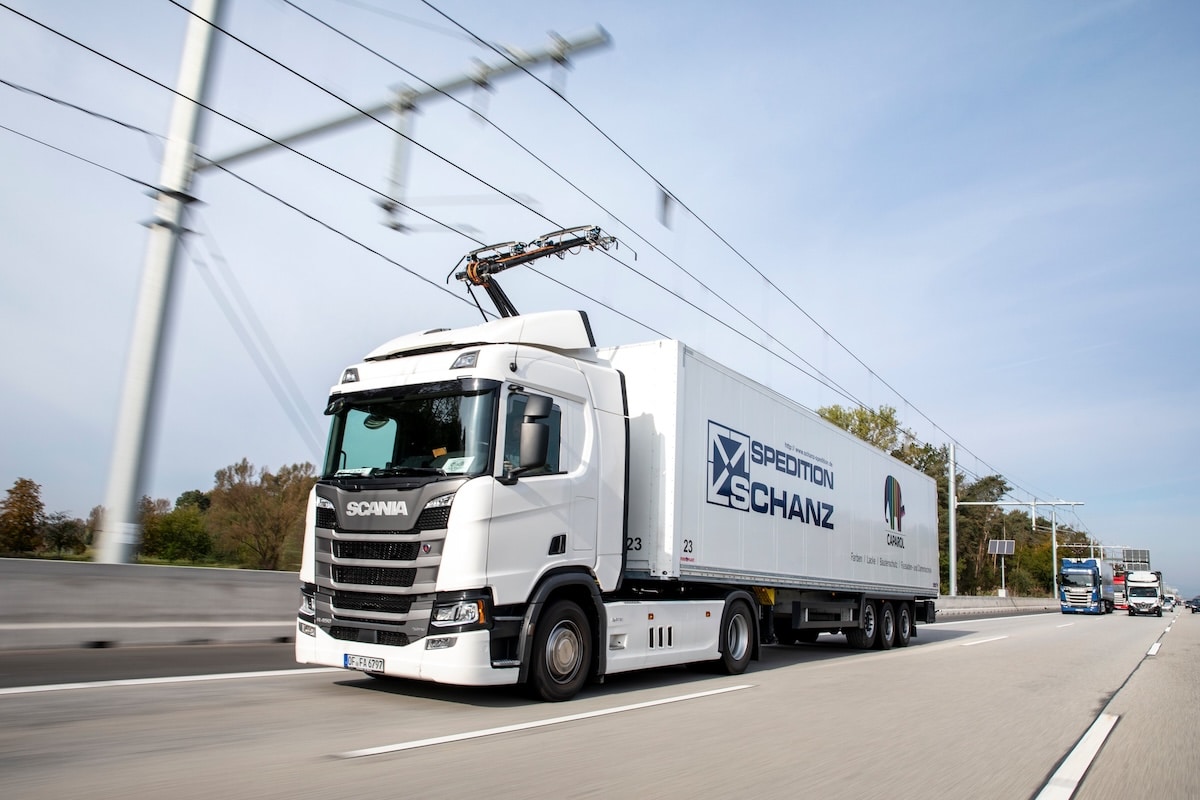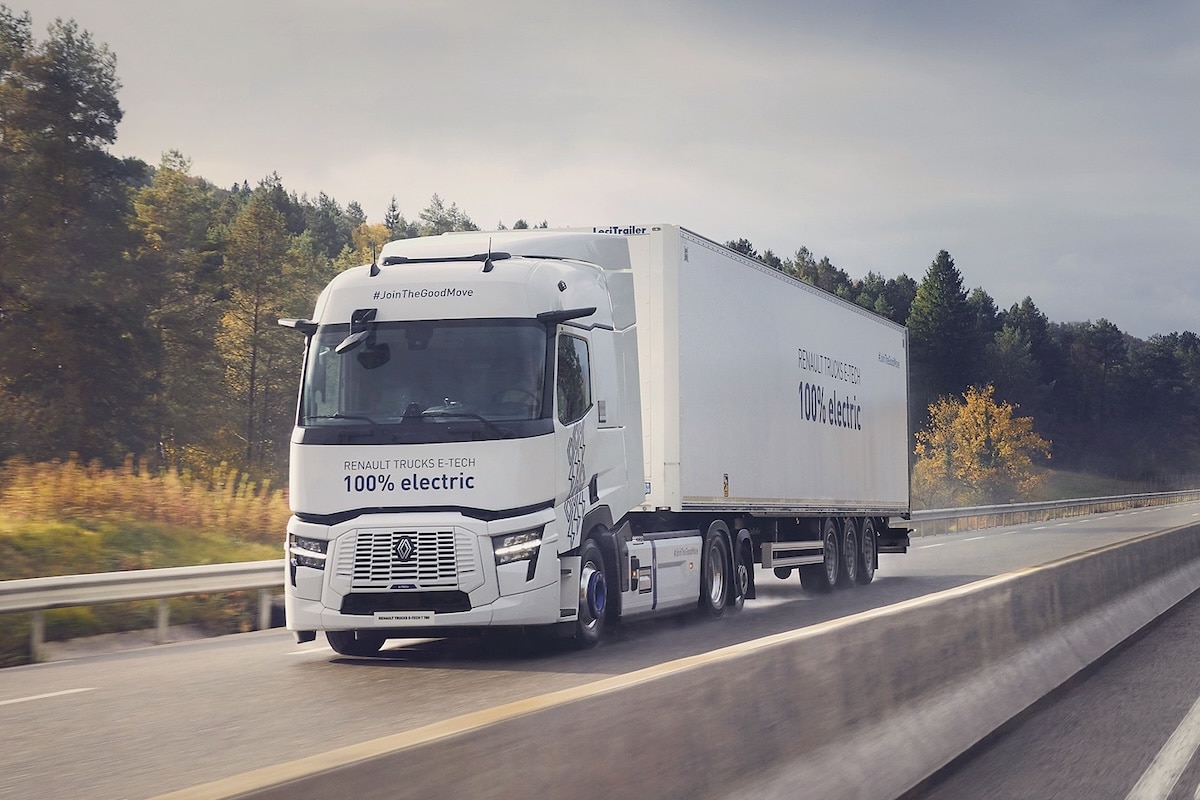Why is Michelin reinventing its tires for electric trucks?

The rise of electric trucks worldwide is forcing the French tire manufacturer to develop new products designed for these specific constraints.
At first glance, an electric truck looks almost identical to its diesel counterpart. Same massive silhouette, same trailer, same size (regulated by law) on the road. However, beneath the bodywork, everything changes. And this difference extends… to the tires.
Michelin has just launched its X® MULTI Z2 & D2 range in 19.5 inches, designed for regional and urban deliveries. A detail? Not really. Because with electric trucks, the tire becomes a key technical and economic issue.
The first issue is weight. The batteries powering an electric heavy truck add several hundred kilograms per axle compared to a diesel truck. Even at rest, this mass crushes the tires, increasing their deformation and accelerating their aging. But it’s during movement that the gap widens: in a roundabout or during heavy braking, the inertia of a heavier truck multiplies the stresses on the tire. Michelin has had to revise its load indices: some models of the new range now support up to 6.3 tonnes per axle, about 300 kg more than the previous generation.
You might be interestedin this article:
Electric trucks, the nightmare for tires!
Adding to this extra weight is another characteristic of electric vehicles: instant torque. Unlike a diesel engine that delivers power gradually, an electric motor provides all its strength immediately at startup. Every red light becomes a challenge for the tires, subjected to brutal forces that accelerate wear. The torque is so strong that Michelin has already had to rethink how its tires are matched with rims; otherwise, the rims would turn inside the tires!

Regenerative braking, which relies on the engine to slow the vehicle, adds an additional stress, especially on the rear axles. As a result, while a diesel truck can travel up to 120,000 kilometers before changing its front tires, an electric model not equipped with suitable tires may see this lifespan reduced to only 80,000 or 90,000 kilometers.
The issue of grip is just as critical. Electric trucks mainly operate in city and peri-urban areas, where the road surface constantly changes: smooth asphalt, wet cobblestones, slippery road markings. A tire that supports too much load quickly loses effectiveness, especially in the rain. Michelin highlights tests conducted with DEKRA: even worn, its new X® MULTI Z2 & D2 tires brake up to 8 meters shorter than some competitors. Eight meters—that’s the length of two small vans. A distance that could decide whether a distracted pedestrian crossing reappears with a fright or in a coffin…
An innovative construction
To meet these challenges, Michelin has integrated several proprietary innovations into its X® MULTI Z2 & D2 range: a carcass reinforced with nylon (Duracoil), stronger yet lighter steel cables (Powercoil), and tread patterns capable of “regenerating” as they wear down (Regenion).
These technologies aim to extend tire life, maintain optimal grip, and reduce rolling resistance. The latter point is not trivial: an improperly optimized tire can reduce everyday range by several tens of kilometers, which is especially critical for an electric truck already limited in range.
For carriers, the economic aspect is also crucial. Switching to electric already requires a significant investment: more expensive trucks, charging stations, new logistical constraints. If tires need to be replaced 30% more often, the model becomes unviable.
The electric revolution in heavy trucks isn’t just about batteries and motors. It also involves the most humble part of the vehicle: the tire, that rubber piece linking dozens of tons to just a few centimeters of asphalt.
READ ALSO: Michelin signs its first contract for its revolutionary sail
This page is translated from the original post "Pourquoi Michelin réinvente ses pneus pour camions électriques ?" in French.
We also suggestthese articles:
Also read






